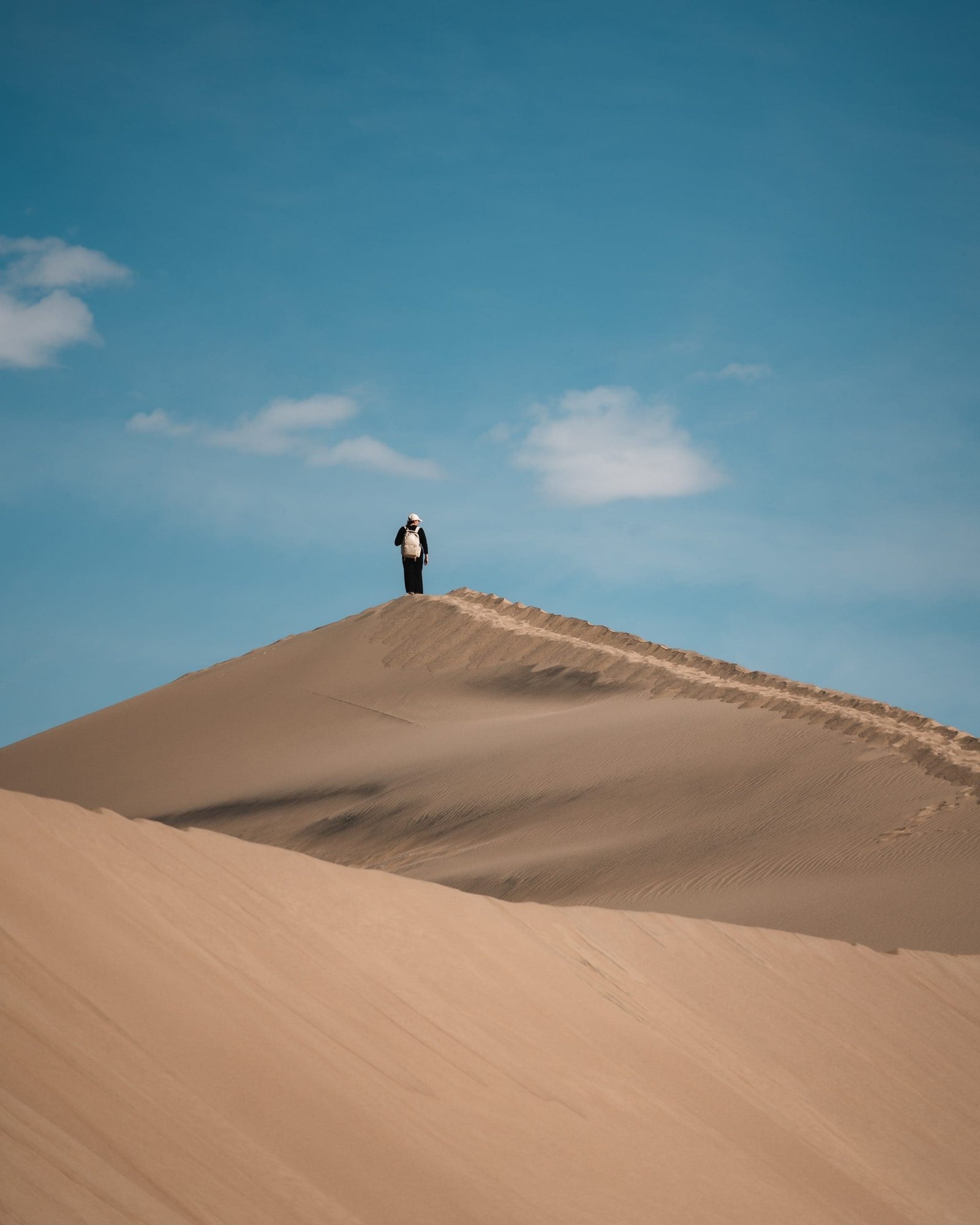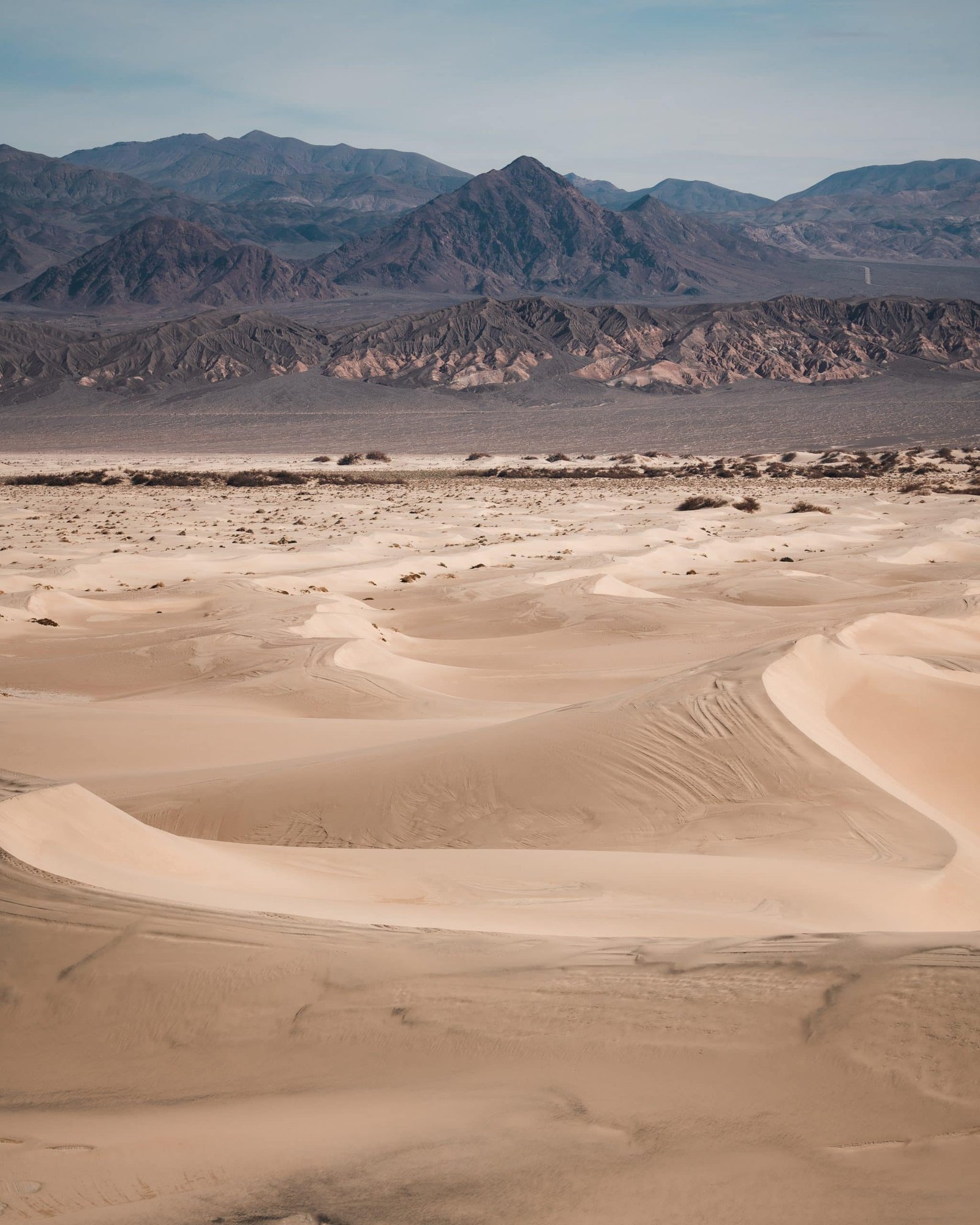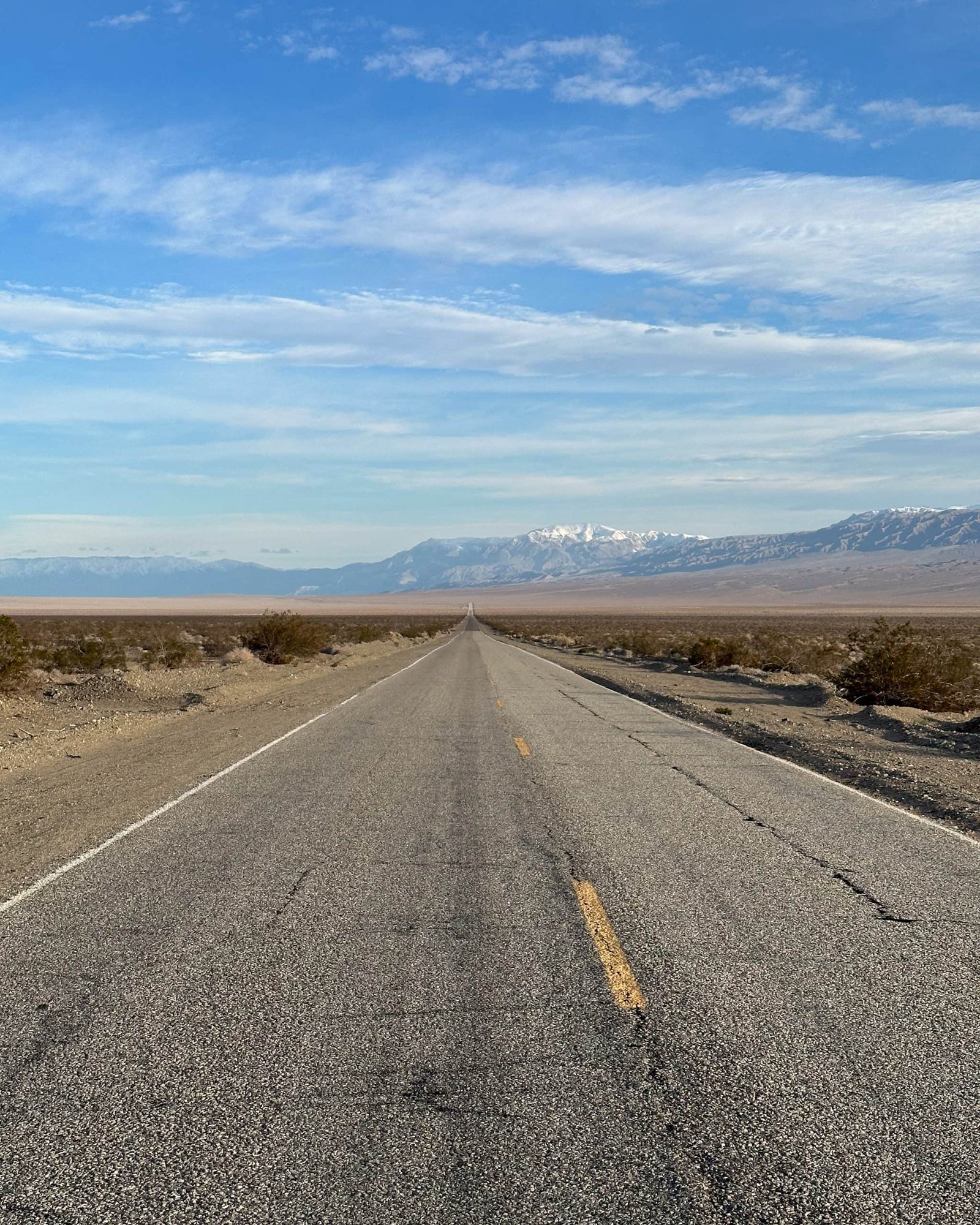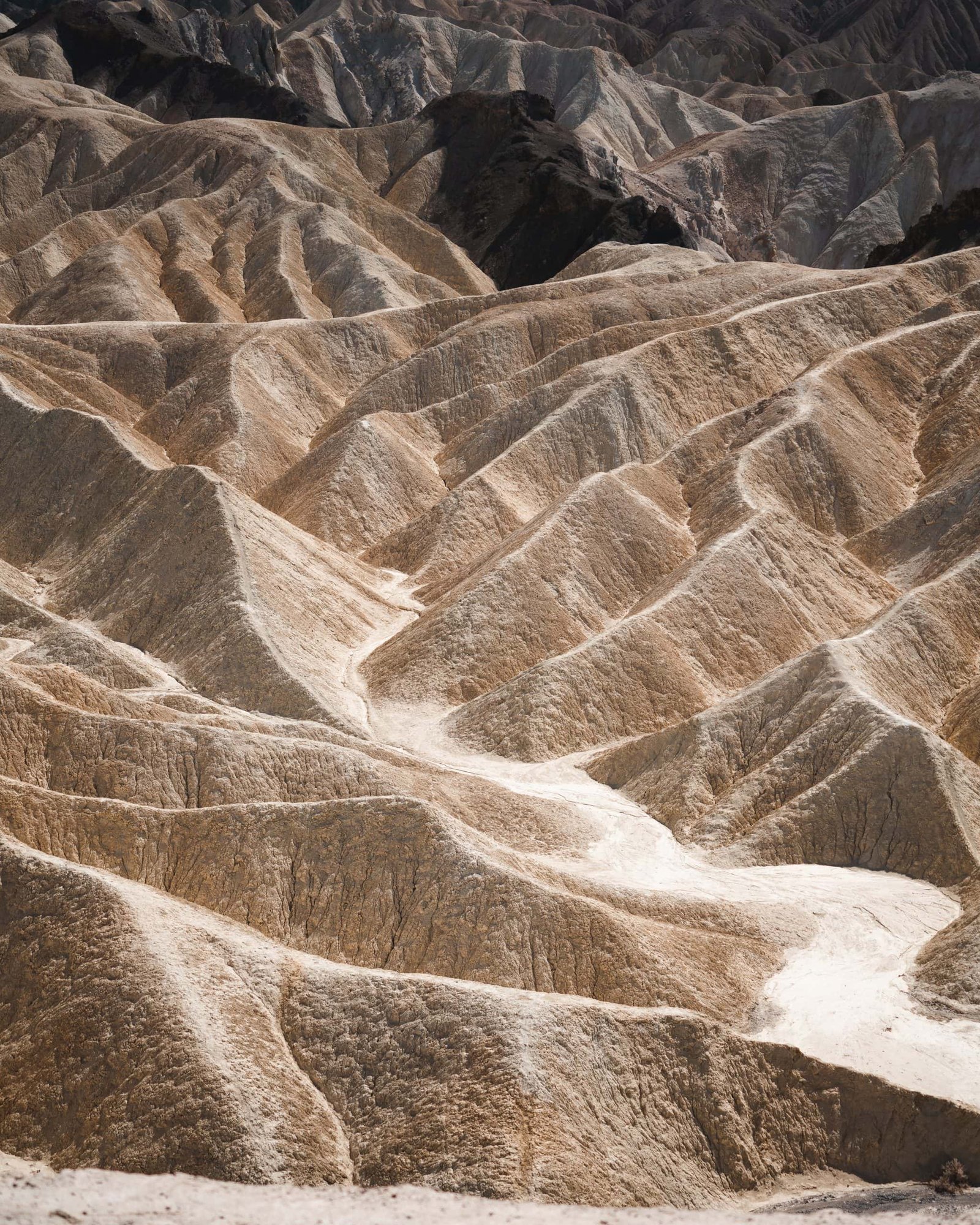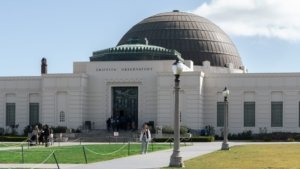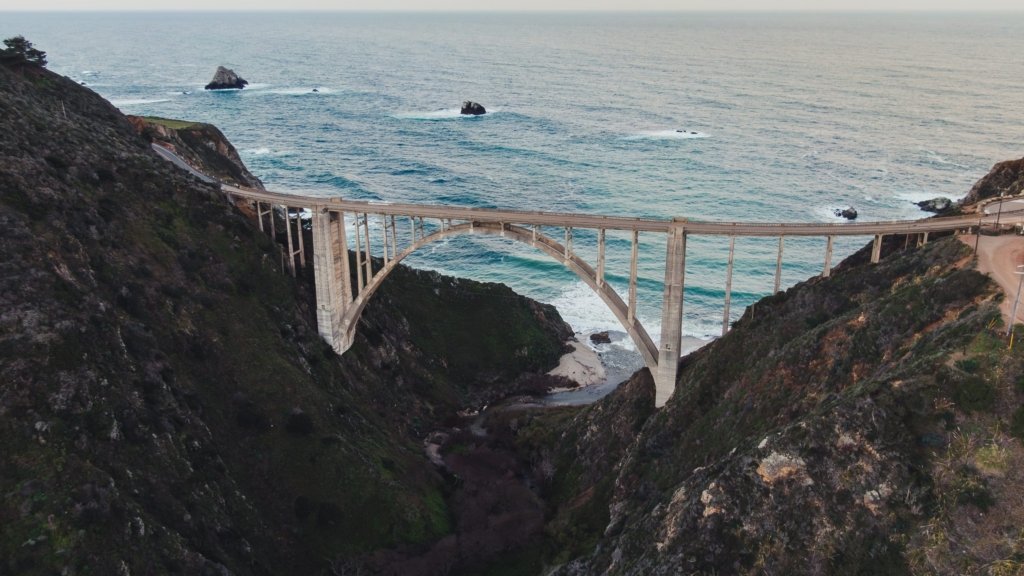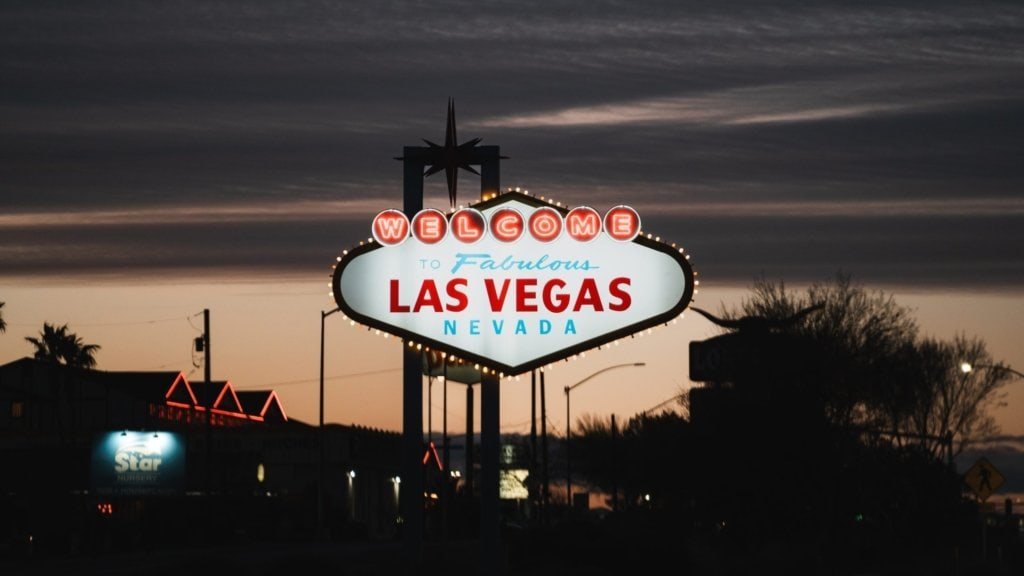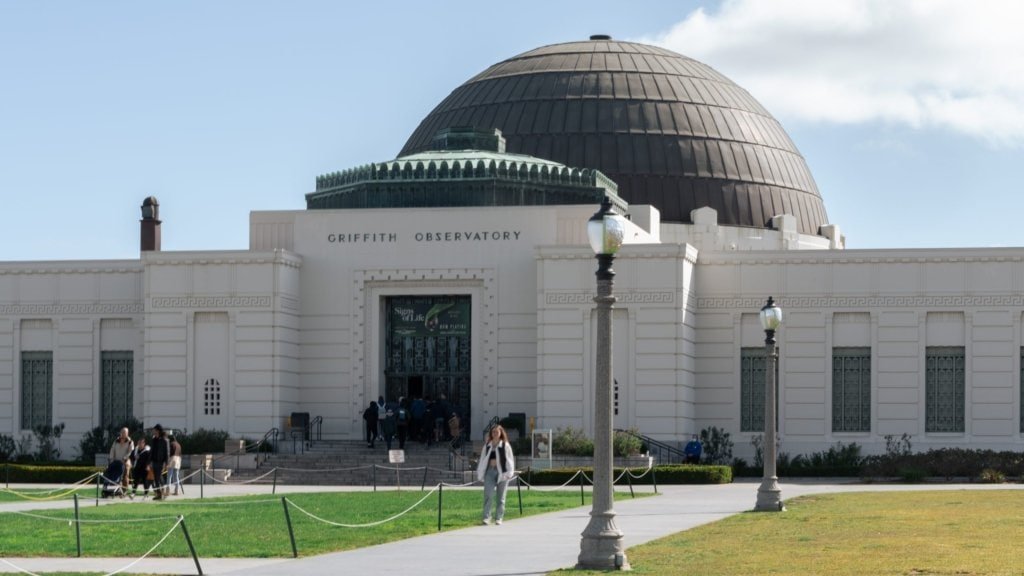Death Valley in the United States is a fascinating as well as frightening travel destination. The valley is located in southern California and stretches over more than 13,600 square kilometres. It is known for its extreme heat, unusual geological formations and unique flora and fauna.
Fast Fact
On 10 July 1913, a temperature of 56.7 degrees Celsius was measured at Furnace Creek – the hottest temperature ever registered.
One of Death Valley’s main attractions are the Mesquite Flat Sand Dunes – one of the most famous sand dunes in Death Valley National Park. They are located in the northern part of the park, close to Stovepipe Wells Village, and are one of several dune landscapes in the region. The dunes are made of fine quartz sand blown by the wind from the nearby mountain ridge, the Cottonwood Mountains. The dunes are between 10 and 30 metres high. Particularly special – due to their location and size, they are fairly untouched and create a feeling of wildness and adventure. Hikes on the Mesquite Sand Dunes are especially popular at sunrise or sunset, as the light is especially beautiful at these times and the shadows of the dunes change dramatically. It is important to bring enough water and protection from the sun, as temperatures in the dunes can be very high, especially during the summer months.
Another incredible attraction in Death Valley is the Badwater Basin. The basin in the Mojave Desert is the lowest point in North America and is 85.5 metres below sea level. The Badwater Basin itself was formed through years of erosion by water and wind. It is located at the lowest point of the valley and has no outflow, which means that the rainwater and salt lakes in the surrounding area can only disappear through evaporation. The salt lakes and springs in the mountains around the valley also ensure that salt water flows into the basin and accumulates over time, resulting in a high concentration of salt. The sun and the wind contribute to the evaporation of the water and the salt remaining on the ground, creating the typical white salt sediments. In winter and spring, rainfall ensures that a shallow puddle forms in the basin, reflecting the sunlight and offering a spectacular view.
The salt concentration of the water is so high that it’s not drinkable, but the salt formations and the colours of the mineral sediments are impressive. Visitors should be aware of the heat when visiting Badwater Basin. In summer, temperatures can easily reach over 40 degrees Celsius, which can be dangerous, especially for people who are not used to extreme heat.
Zabriskie Point and Dante’s View are two of the most famous viewpoints in Death Valley National Park and offer visitors stunning views of the surrounding landscape. Zabriskie Point is located in the eastern part of the park and is named after a former vice president of the Borax Company. Zabriskie Point served as the setting for Michelangelo Antonioni’s 1970 film of the same name and has been a popular location for film and photo productions ever since. The lookout is a popular place to watch the sunrise and offers spectacular views of the golden hills and rocks of the Furnace Creek Badlands. Dante’s View, on the other hand, is located in the western part of the park and offers a breathtaking view of the entire valley and the lowest point of the North American continent. The viewpoint is at an altitude of over 1,600 metres and therefore offers a slightly cooler environment than other parts of the park. Dante’s View is a great place to catch the sunset and offers stunning views of the entire valley and surrounding mountains.
Both viewpoints are easily accessible and offer visitors an unforgettable opportunity to experience the breathtaking beauty and majesty of Death Valley.



